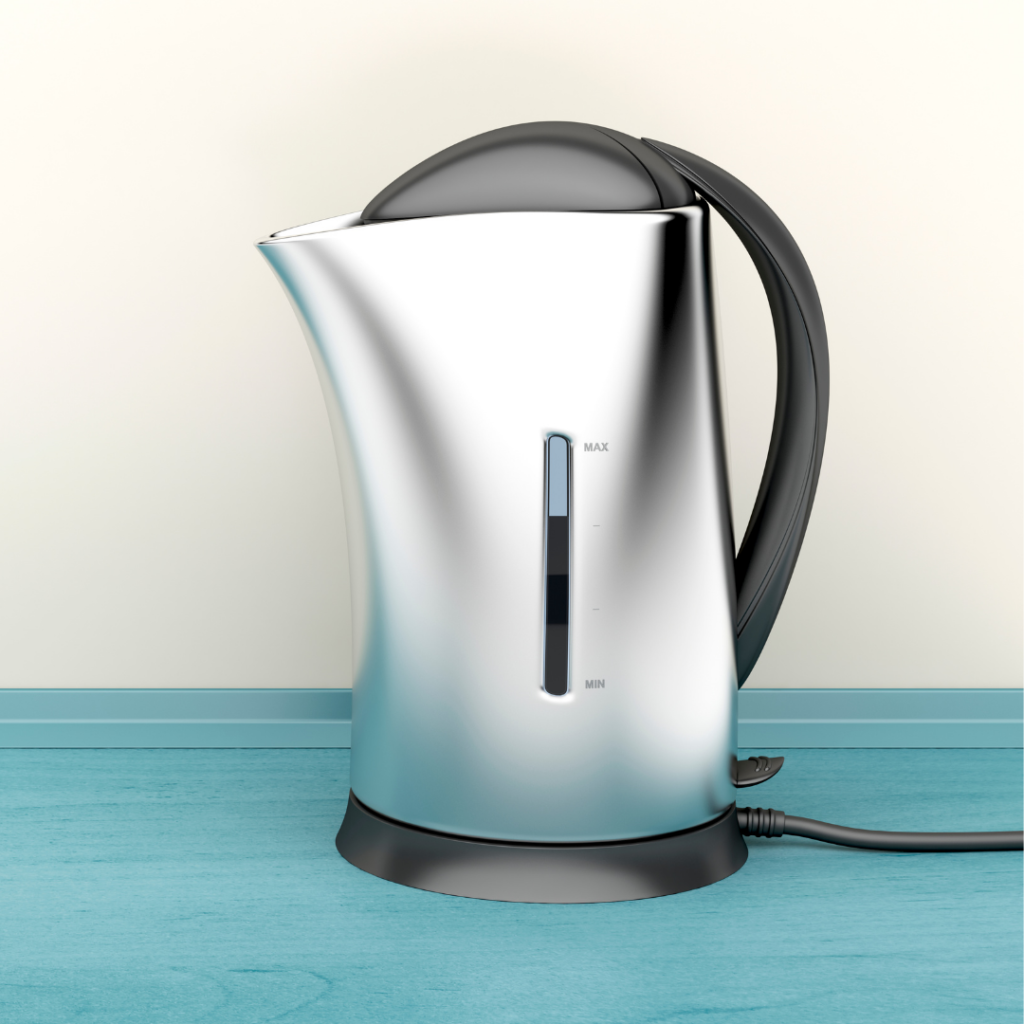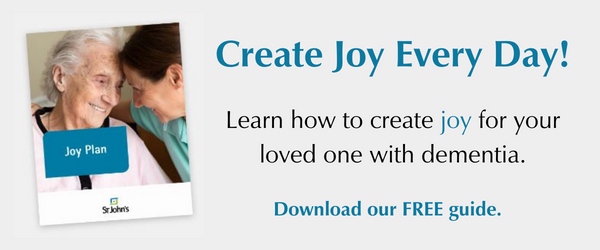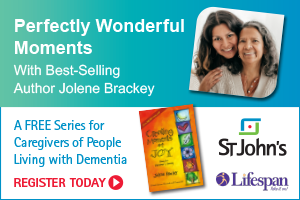Safety around the home can be a life-and-death issue for people with Alzheimer’s disease or other dementias. Depending on the stage of disease progression for your loved one, the following problems can make independent living more challenging without intervention: disorientation that causes confusion about location; limited coordination and mobility; or forgetfulness.
Some simple changes around the home can promote the sense of independence and increase the well-being of your loved one. And, the good news is, many can be done without the added cost of hiring a professional.
Labeling Reduces Dementia Disorientation
The practice of labeling items around the house can become extremely beneficial for people living with Alzheimer’s disease or other dementias as the disease worsens. Listing the items found in bedroom drawers and kitchen cabinets on the outside of the structures is recommended. It is common that over time those living with dementia can forget where belongings such as socks, shirts, or kitchen utensils and dishware are stored.
Another option for bedroom or bathroom items is to store items in clear plastic drawers so loved ones can see what they are searching for from the outside. In the kitchen, if there is an option to install glass doors on cabinets, this could be useful as well; however, labels are equally effective and would not require the expense of renovations.
A picture phone, such as those available through Future Call, provide another type of labeling that can be helpful when cell phones become too confusing. A photo can be added in front of each number to facilitate one-touch, speed dialing.
As simple and easy as it sounds, labeling can make a big impact in lowering frustration and stress levels of those living with dementia when they are conducting daily tasks.
Removing Kitchen Hazards for Dementia Safety

Additional measures may be necessary in the kitchen due to the several hazards inherent with cooking appliances. For example, temperature-controlled burners come in handy if your loved one purposely or even accidentally turns one on. A stovetop cover is another option to keep your loved one from touching or seeing stove burners. This is especially necessary when your loved one’s dementia has reached a level that he/she can no longer cook independently.
An electric tea kettle might be an attractive addition to the kitchen if your loved one enjoys tea or coffee as a part of a morning routine. The Brightown Thermostat Glass Electric Kettle is one option that eliminates the dangers of boiling water and the device will shut off on its own. Using this type of kettle can also give your loved one a sense of independence for an aspect of his/her daily routine, helping to start the day from a place of empowerment and positivity.
Additional Safety Measures for Dementia-Friendly Home
Smoke and Carbon Dioxide detectors should always be kept up to date and loaded with working batteries, especially with the diminished sense of smell of those living with dementia. Some smart alarm systems are now available that will provide warnings via a comforting, calm voice as opposed to the startling beeping noise that is common in most models. Google Nest Protect is one example of this.
Also, make sure your loved one knows what do in the case of an emergency, such as how to access each fire extinguisher in the home and how to use it. Develop and practice regularly an agreed-upon safety plan, which includes an escape plan that they can easily navigate – without assistance.
Many people with dementia are able to manage simple medication regimens in the early stages of the disease, while some may struggle with more complex as the disease progresses. If your loved one needs help managing medications, an automatic medication dispenser or even a smart pill dispenser like Maya from MedMinder could be a useful purchase. Be sure to keep bottles with the remaining medications stored safely out of reach.
Ultimately, the number one goal is to keep your loved one with dementia in the least restrictive environment as possible for his/her stage of disease progression and one that ensures the highest level of safety and well-being. These safety tips might help to make that least restrictive place be “home” for a little bit longer.
Have additional questions about creating dementia safe spaces? Ask Mimi









